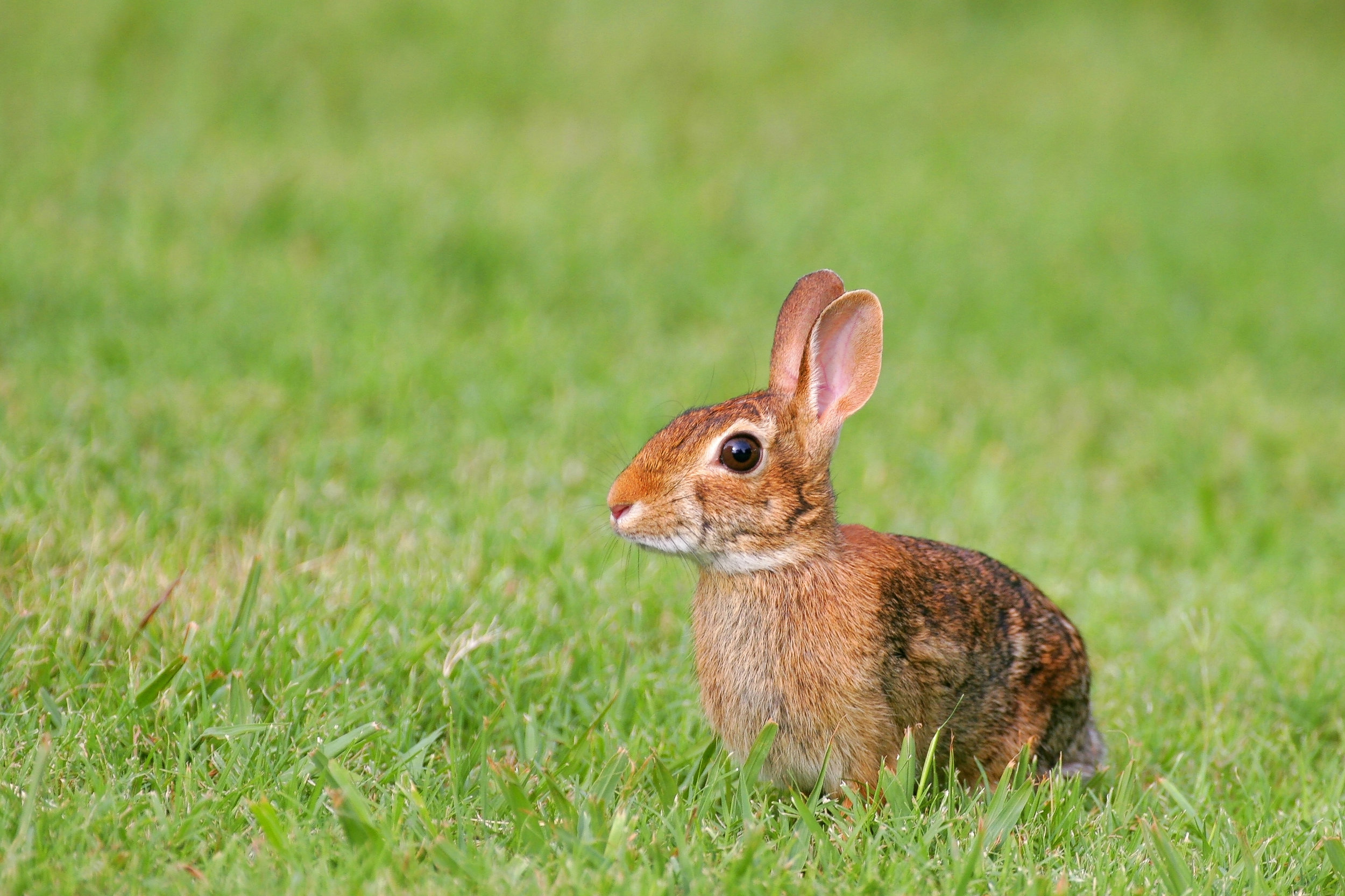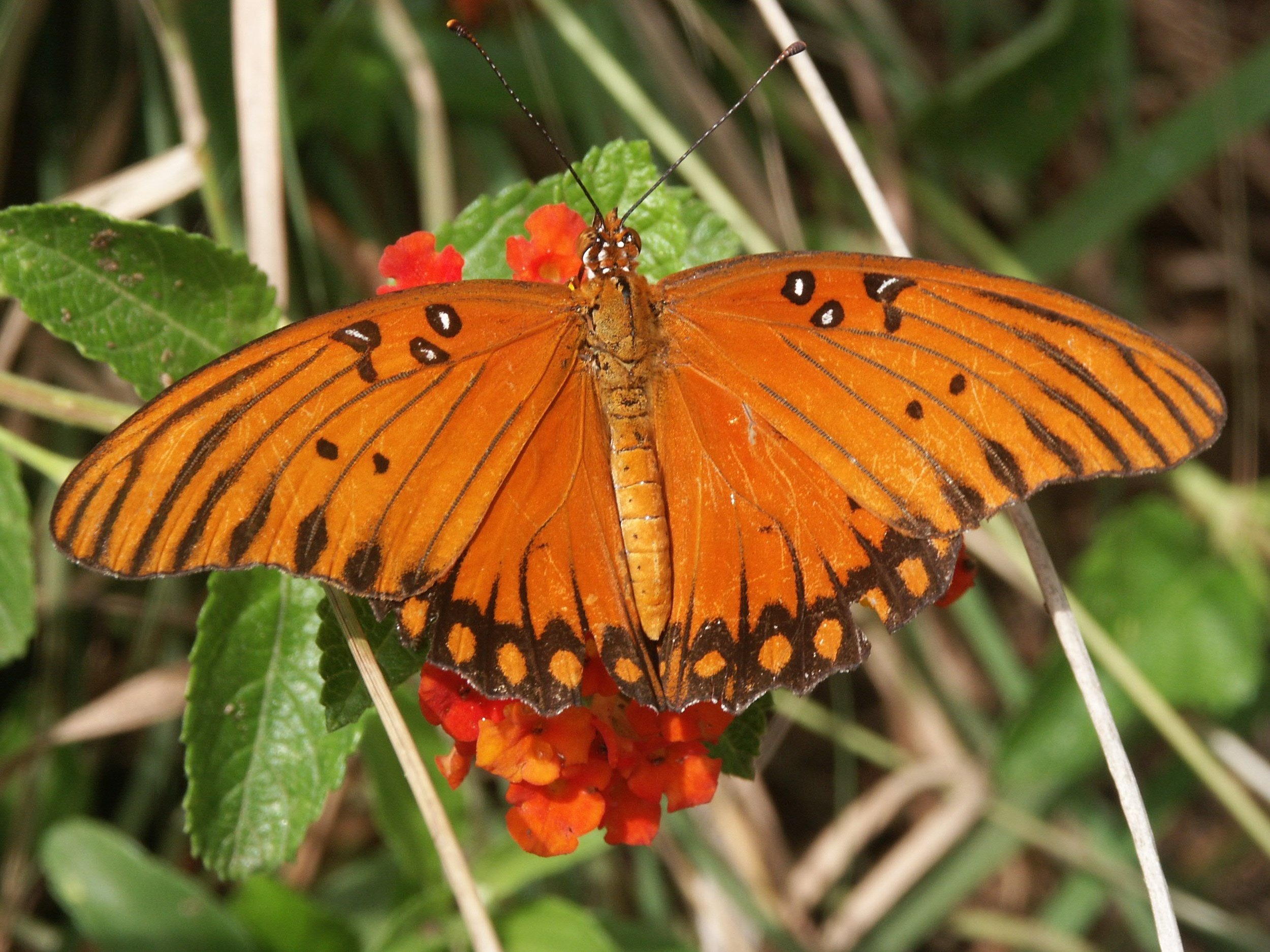COASTAL PRAIRIES
Below you can find a variety of resources for teaching about Houston’s native prairie habitat in your learning environment.
Overview | Benefits | Conservation | Wildlife | Cultural Connections
Local Resources | Activities/Lessons | Videos | Build a Pocket Prairie
Overview
Before becoming a city, Houston was once a coastal prairie ecosystem. The coastal prairie ecosystem once blanketed more than 70% of what we now think of as Greater Houston. Now this vibrant ecosystem is imperiled.
“Prairies are the quintessential Texas landscape. It forged our cowboys, built our economy, fed us, and clothed us. Heck, it even helped us win the Battle of San Jacinto. In Greater Houston, it played a huge role in our development, both culturally and economically.” -Jaime González, The Nature Conservancy in Texas
Sounds from the Prairie
Overview Video about the Prairies
Maps of the Coastal Prairie Ecosystem
Coastal Prairie Once Covered Most of Greater Houston. Courtesy of Katy Prairie Conservancy.
Historic Range of Coastal Prairie Ecosystem. Courtesy of Katy Prairie Conservancy.
Our area once burned every one to three years.
Benefits
Native Prairies Association of Texas lists the benefits of native prairie ecosystems in remnant and pocket prairies
Flood mitigation and control. Roots up to 15 feet deep absorb and store up to 250,000 gallons of rainwater per acre during a heavy rain event. This is 14 times more than lawn grass.
Water quality improvement as the roots filter pollutants from run off
Prairie plant roots can refill aquafers (watch Water from Stone on YouTube)
Air quality improvement as the plants absorb pollutants from the air
Sequester more carbon than trees, can store up to 50 tons of carbon per acre
Preservation of biodiversity
Source of food, nectar and habitat for our native pollinators
Source of host plants for Monarchs and other native pollinators
Source of food and habitat for native reptiles and mammals
Source of food and habitat for migrating and resident birds
Preservation of rare or nearly extinct plants
Mitigate the heat effect from concrete
Serve as an educational tool for Science, Math and History
Can survive drought
Require no irrigation, decreasing water costs
Require only 1 mowing per year, decreasing maintenance costs
Require no fertilizer or pesticides, decreasing maintenance costs
More economical than corn as livestock food
Source of native seed for new pocket prairies
Recreation and play
Aesthetics and landscaping
Helps patients heal more rapidly (MD Anderson doctors prescribe a walk in their pocket prairie to both patients and staff)
Conservation
Wildlife
The rich native plant communities of the tallgrass prairies provide food and shelter for wildlife. Grassland birds, like quail and meadowlarks, are experiencing the greatest declines of all bird groups due to the loss of our prairies and grasslands. Read more from Audubon.
Recent studies show a decline in insects like the Monarch butterfly, bees and other pollinators. These native insects thrive on the diverse plant life of the prairie ecosystem. In turn, insects provide food sources to prairie wildlife and help pollinate the flowering plants of the prairie. Our pollinators are needed for their service to agriculture as well. Read more about insect decline.
Deep prairie soils allow burrowing animals, prairie dogs (a keystone species) to survive in underground tunnel systems. There are lots of burrowing animals in prairies!
https://texasprairie.org/why-prairies-matter/
Cultural Connections
“Native Land Digital creates spaces where non-Indigenous people can be invited and challenged to learn more about the lands they inhabit, the history of those lands, and how to actively be part of a better future going forward together.” Visit this interactive map.
Local Resources
Houston Audubon Society - Grows prairie plants and manages several prairie preserves.
Native Prairies Association of Texas - Houston Chapter - A volunteer group dedicated to the protection of Lawther-Deer Park Prairie and to advocacy of local prairies. This includes a robust education program.
Texas Parks & Wildlife - Manages several prairies at local state parks including Sheldon Lake, Brazos Bend SP, and Galveston Island State Park.
Click here to download photos of the prairie
Maps available from Coastal Prairie Conservancy
Borrow an educational trunk full of materials from Texas Parks & Wildlife Department’s Urban Wildlife Program or from the Texas Wildlife Association
Visit a prairie near you! Search the map for locations.
Activities/Lessons
Elementary & Middle School
Attwater Prairie Chicken Activities, including insect sweeps, habitat musical chairs and adaptations in Word Versionor PDF Version from the National Wildlife Refuge System | Grades K - 5
Snapshots in Time: Land Use Change in Greater Houston | Grades 3-5 Science and Social Studies | Print Activity Page
Have a Ball!: A Restoration Activity | Grade 6-8 Biology and HS Environmental Science | Watch Demo
Deep in our Hearts: Explore Connections Between Ecosystem, Culture, History, Etc. | Grades 2-5 Science and Social Studies | Play Gene Autry's version of Deep in the Heart of Texas
Save the Last Dance: Endangered Prairie Species | Grades 4-8 Science | Watch Last Dance video
Got Grass? | Learning about Native Grasses | Grades 7-8 Science
Grasshopper Safari | Adaptation and Ecology of Insects | Grade 4-5
The Attwater’s Prairie Chicken Education Project | Conserving Habitat for Species | Grades 5 - 8 STEAM (APC National Wildlife Refuge located 60 miles west of Houston)
High-School Level Prairie Lessons and Activities (Carolyn Klein, Westside High School - Houston ISD)
Ecosystem Inventory Worksheet | High School Science
Reading a Watershed Map Lesson | High School Science
The Web of Life on the Katy Prairie Lesson | Grades 6-12
Measuring Diversity in a Prairie Activity | Grades 10-12 Science
Prairie Poker Activity | See PowerPoint Presentation | Grades 6-12
Tragedy of the Commons Activity | See PowerPoint Presentation | Grades 6-12
Anole Tag and Recapture Lab Activity | Anloe Population Sampling in the Wolf Prairie | See PowerPoint Presentation for Activity Day | Grades 10-12
Printable Resources
Saving Grassland Wildlife from Houston to Africa poster (Houston Zoo)
Native Monarch and Butterfly Gliders + Instructions for Making Gliders
Attwater's Prairie Chicken Mask (Texas Parks & Wildlife Dept.)
Houston Toad Mask (Texas Parks & Wildlife Dept.)
Videos
Click here to see more prairie videos on YouTube
Urbanization has reduced the once 600,000 acre Katy Prairie near Houston, Texas to just 200,000 acres affecting many species of wildlife. Now the Katy Prairie Conservancy has partnered with nearly a dozen schools to create pocket prairies.




















